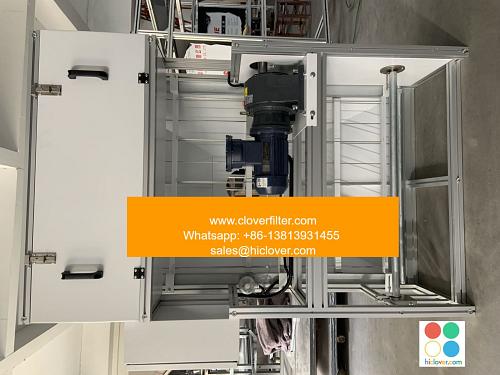Air Filter Shipping and the Importance of Proper Documentation

Air filter shipping is a critical process that requires attention to detail to ensure that these essential components reach their destinations safely and efficiently. As a crucial part of indoor air quality control and pollution prevention, air filters play a vital role in maintaining clean air and healthy environments in various settings, including residential, commercial, and industrial applications. In this article, we will highlight the importance of proper documentation in air filter shipping and explore the various application areas where these filters are used.
Why Proper Documentation Matters
Proper documentation is essential in air filter shipping to ensure that the filters are handled, stored, and transported correctly. This includes accurate labeling, detailed packaging instructions, and compliance with regulatory requirements. Failure to provide proper documentation can result in delays, damages, or even rejection of the shipment. Moreover, improper documentation can lead to non-compliance with industry standards and regulations, such as those set by the Occupational Safety and Health Administration (OSHA) and the Environmental Protection Agency (EPA).
Application Areas: Where Air Filters are Used
Air filters are used in various application areas, including:
* Heating, Ventilation, and Air Conditioning (HVAC) systems
* Air purification systems
* Industrial dust collection systems
* Pharmaceutical and biotechnology applications
* Food and beverage processing
* Automotive and aerospace applications
In these application areas, air filters play a critical role in maintaining clean air, reducing pollution, and preventing contamination. Proper documentation in air filter shipping ensures that these filters are delivered to their intended destinations in good condition, ready for installation and use.
Key Considerations for Air Filter Shipping
When shipping air filters, there are several key considerations to keep in mind, including:
* Proper packaging to prevent damage during transit
* Accurate labeling to ensure that the filters are identified correctly
* Compliance with regulatory requirements, such as those related to hazardous materials and customs clearance
* Temperature and humidity control to prevent damage to the filters during shipping
* Tracking and monitoring to ensure that the shipment is delivered on time and in good condition
Best Practices for Air Filter Shipping Documentation
To ensure that air filter shipping documentation is proper and complete, follow these best practices:
* Use standardized documentation templates to ensure consistency and accuracy
* Include detailed product information, such as filter type, size, and material
* Provide clear instructions for handling, storage, and transportation
* Ensure that all regulatory requirements are met, including those related to hazardous materials and customs clearance
* Use electronic documentation to streamline the shipping process and reduce errors
By following these best practices and understanding the importance of proper documentation in air filter shipping, you can ensure that your air filters are delivered safely and efficiently, ready for use in various application areas. Whether you are involved in indoor air quality control, pollution prevention, or other clean air initiatives, proper documentation is essential for success. Prompt

